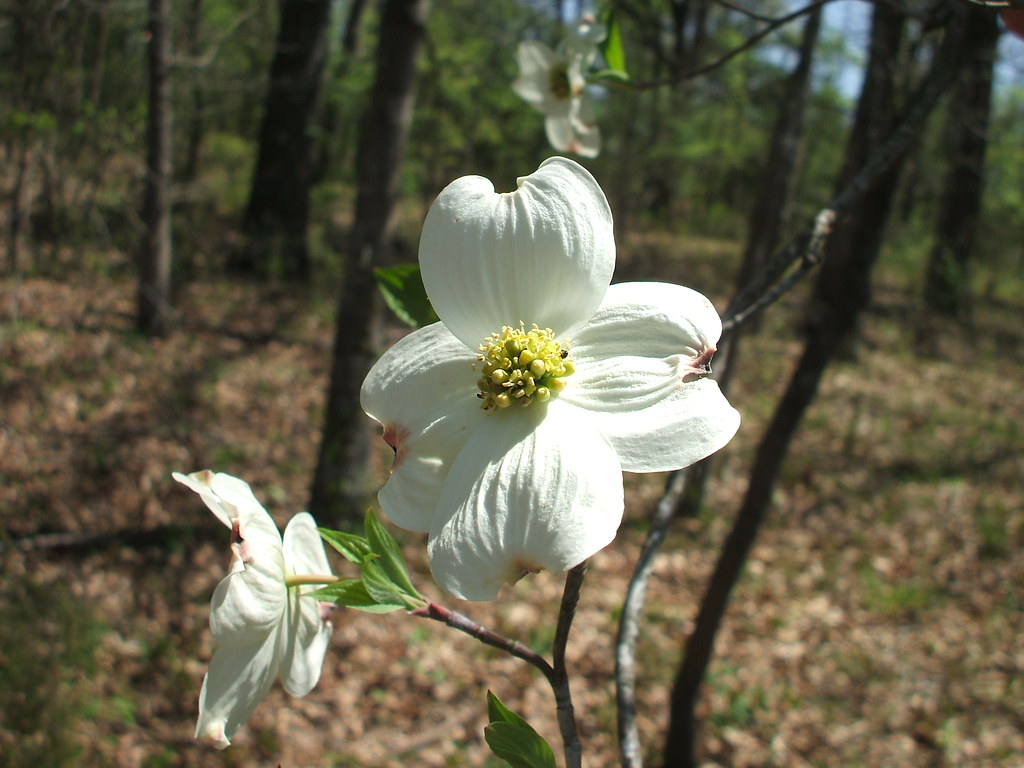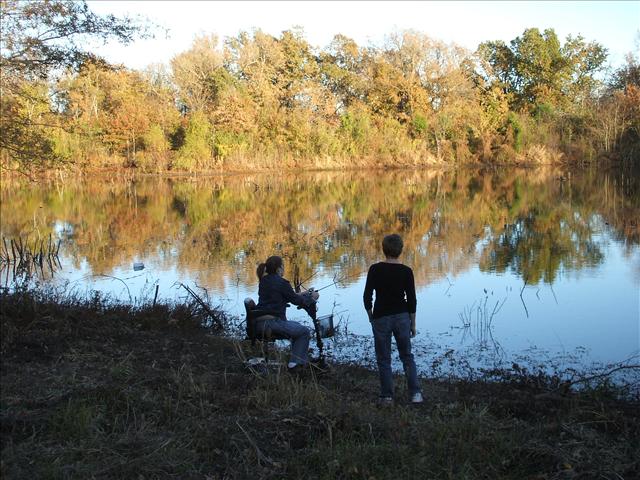
Here is part of my reasoning behind finally purchasing some form of tractor. The picture shows a peninsula that semi-seperates the main rectangular pond from the northern shallow pond. It is at a strange angle, overgrown, and generally unusable. I believe it is from excavating the pond and allowed the excavator to reach further portions of the pond during renovations in the past. it is shaped sort of like an inverted V with the north side steep and the south side sloping gently towards the water. I want to shape it with a flattened top, leaving the steep north side, and creating a possible building site or at least a packed gravel pad for my wife to enjoy the pond. A small cabin would have a great view from here of both parts of the pond. I cleared the brush over a year ago with a brush cutter, but the vines and a few trees are coming back from the roots. I am heading out to mow the year old shrubbery before they grow enough next year to require a rotary cutter. A middle buster/sub soiler combo at TSC will be picked up soon for busting up that grass and other gardening uses, maybe while I am out mowing. I will then go over it with a box blade and level it off. The next post should be of my mowing results and maybe a little logging/sawmill action if time allows.









